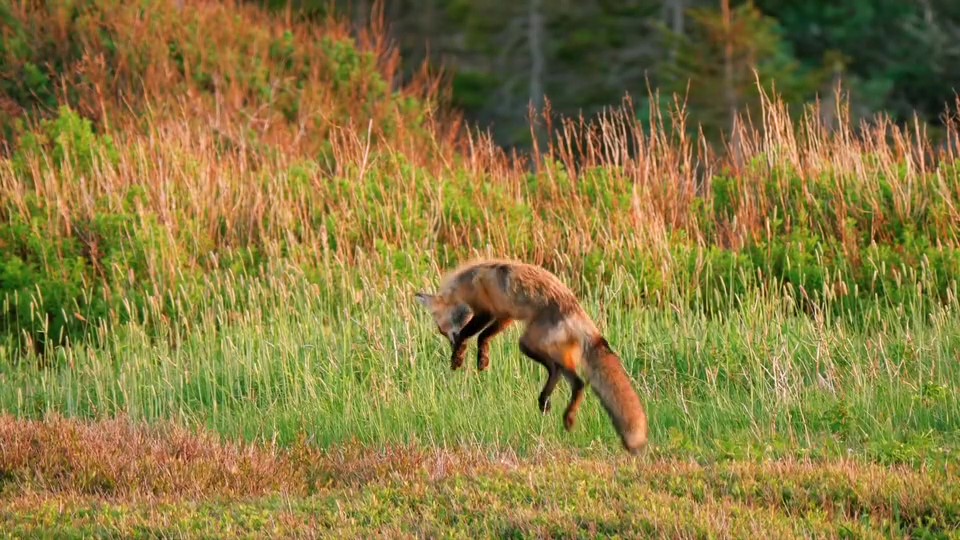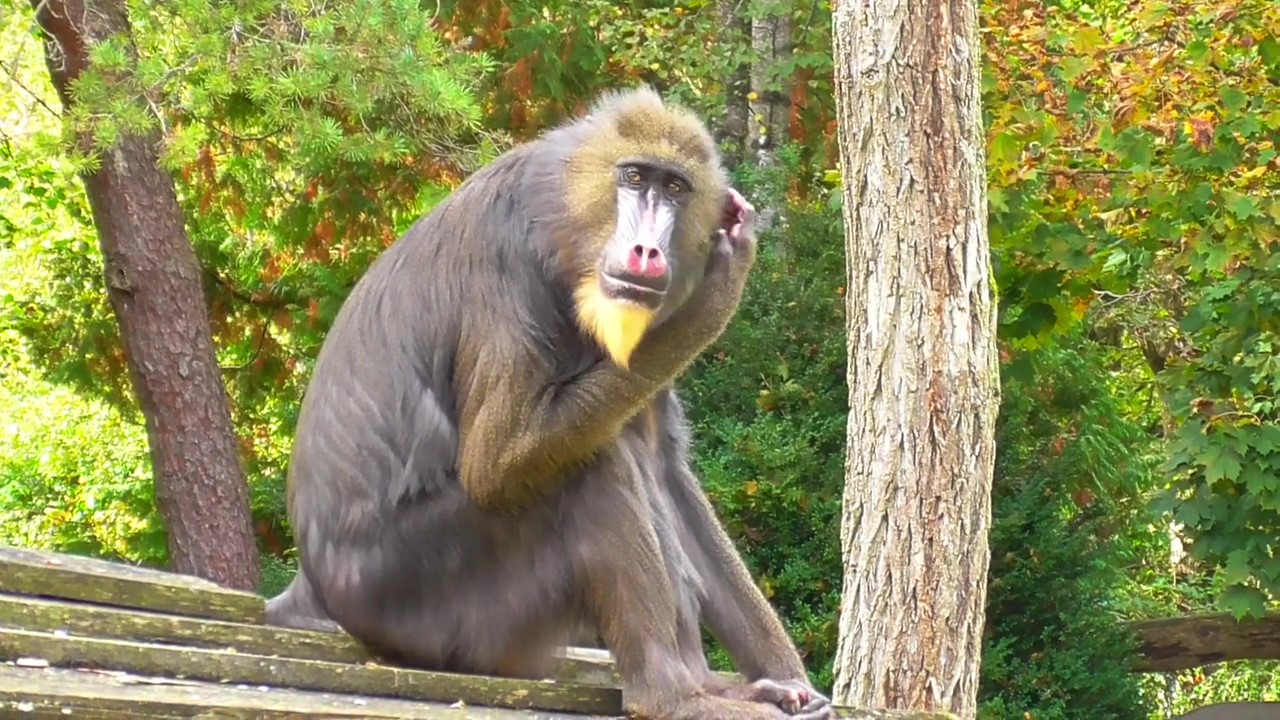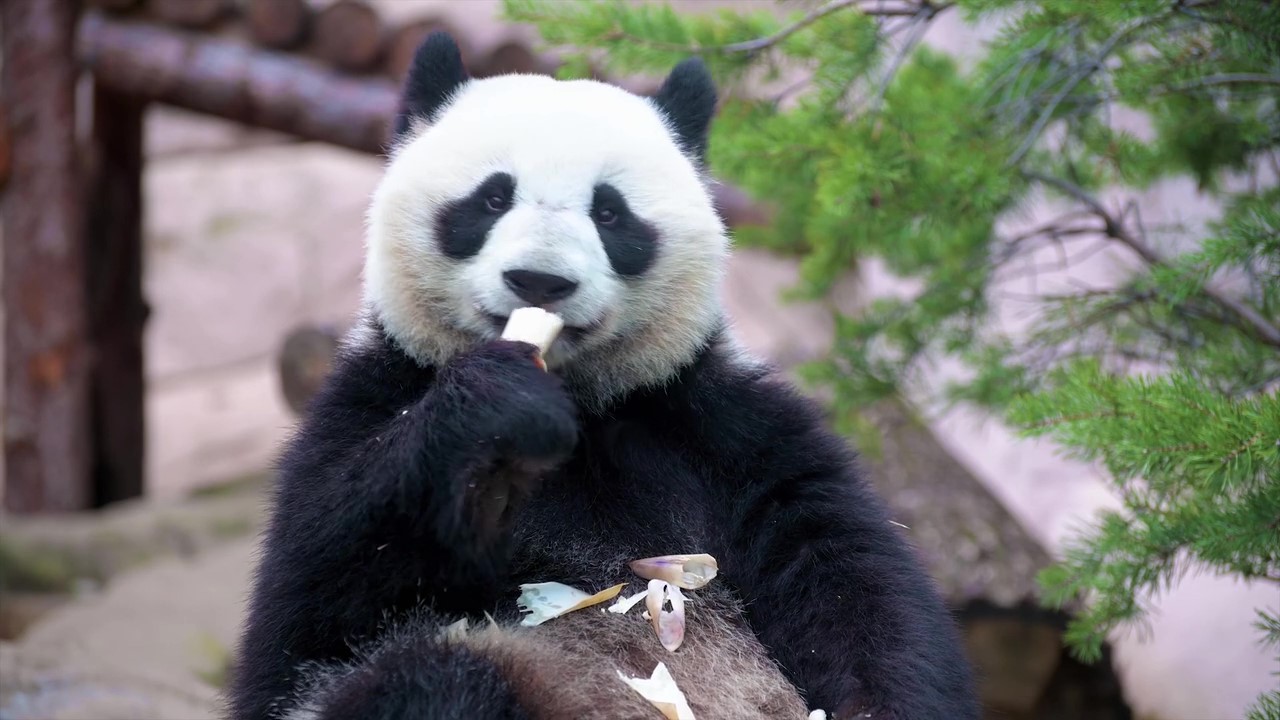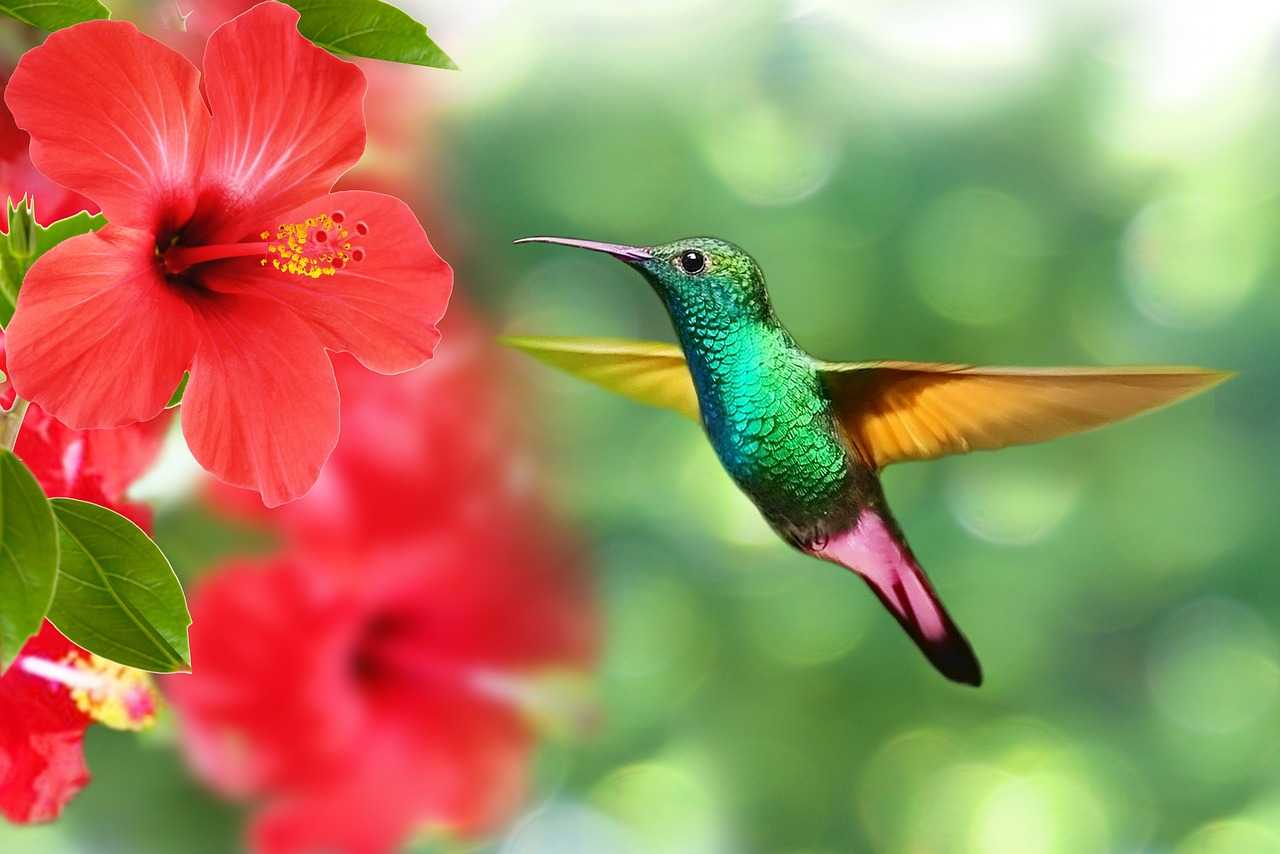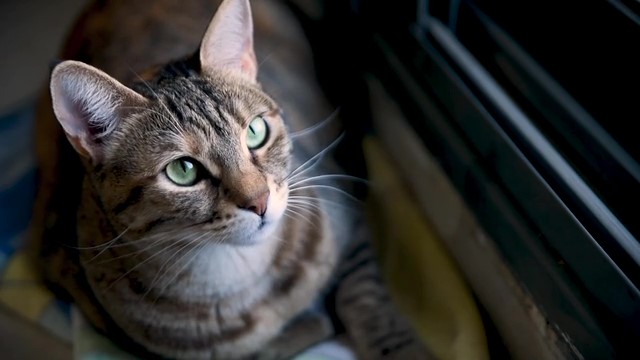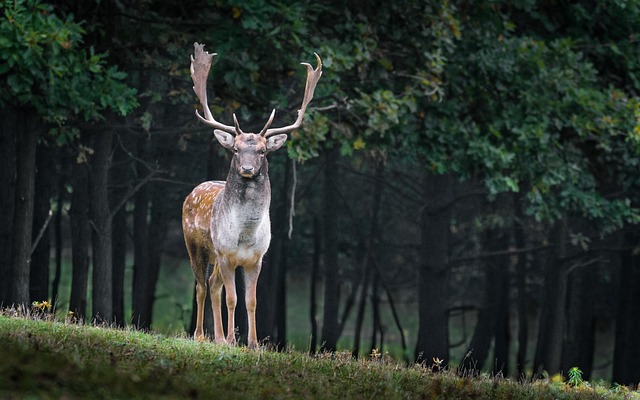
Chow Chow
Chow Chow
Chow Chow
The Chow Chow, known for residing in China for over 2000 years, is celebrated for its fluffy coat and distinctive smile. Notably, it possesses a unique blue-black tongue. This page will explore the intriguing aspects of the Chow Chow.
Chow Chow Basic Infomation

English Name: Chowchow
Country of Origin: Guangdong Province, China
Size: Large dog
Group: Primitive dogs, Spitz
Colors: White, Brown, Red, etc.
Height: 48cm–56cm (Males), 46–51cm (Females)
Weight: 25kg–32kg (Males), 20–27kg (Females)
Although the exact roots of the Chow Chow are unclear, it has been in China for over 2000 years. Historically, it was kept as a guardian against evil spirits in various Chinese dynasties. It is also thought to be a model for depictions of lions and bears in ancient art. After becoming popular among the general public, it served various roles including a hunting partner for the Mongolian people, a sled dog, and a watchdog. Sadly, there are also accounts of the Chow Chow being bred for its meat and fur.
In the 1880s, the Chow Chow was introduced to England as 'a wild dog from China,' and quickly became favored by Queen Victoria, leading to its transformation into a family-friendly dog.
In Japan, during the period of economic growth, the Chow Chow became popular through TV commercials. However, indiscriminate breeding led to a proliferation of dogs with poor temperaments, giving the breed a reputation for being difficult to manage.
Despite its calm appearance suggested by its fluffy coat and droopy eyes, the Chow Chow is actually very calm and alert. With a history of living alongside Mongolian tribes, it is extremely loyal to its owner and has a strong protective instinct, making it an excellent watchdog.
On the other hand, Chow Chows are known for being lazy and do not enjoy exercise. If you welcome a Chow Chow into your family, you will need to find ways to ensure it gets enough physical activity for its health.
Chow Chow Q&A

What is the history of the Chow Chow?
The exact roots of the Chow Chow are unclear, but it is believed to have existed in China for over 2000 years. In China, it was kept as a guardian against evil spirits by various dynasties and was considered a model for lions, bears, and Foo dogs. After spreading among the general public, it served as a hunting partner for the Mongolian people, pulled sleds, and acted as a watchdog. However, there are also sad accounts of the breed being raised for food and fur.
Around the 1880s, the Chow Chow was introduced in England as 'a wild dog from China' and quickly became favored by Queen Victoria, which led to its transformation into a family-friendly dog.
In Japan, the Chow Chow became widely popular through TV commercials during the period of economic growth. However, indiscriminate breeding led to a proliferation of dogs with poor temperaments, giving the breed a reputation for being difficult to manage.

What is the temperament of the Chow Chow?
Despite its fluffy coat and droopy-eyed appearance suggesting a gentle temperament, the Chow Chow is actually very calm and composed but highly vigilant. Its history of living alongside Mongolian tribes has instilled a deep loyalty to its owner. It has a strong protective instinct, making it an excellent watchdog for the family.
However, the Chow Chow is also known for being lazy and not particularly fond of exercise. If you adopt a Chow Chow, it will require creativity to ensure it gets sufficient physical activity for its health.

What is the origin of the name 'Chow Chow'?
The origin of the name 'Chow Chow' is not entirely clear, but it has been suggested that the name comes from the Mandarin Chinese word 'chou', meaning 'puffy-lion dog'. The name was likely given due to the breed's leonine appearance and dense fur.

Why does the Chow Chow live there?
The exact origins of the Chow Chow are not fully understood. It is believed that the breed evolved from native dogs living in China thousands of years ago.

How much exercise does a Chow Chow need?
The Chow Chow tends to be lazy and does not actively seek out exercise. They require moderate physical activity. Despite their history as sled dogs, they possess considerable stamina. Durable toys designed for large dogs or activities in a dog park can help them expend energy and prevent both stress and physical inactivity.
A typical exercise routine should include two 30-minute walks per day. Due to their strength, a sturdy leash suitable for large dogs is essential.

Why does the Chow Chow have a blue-black tongue?
The Chow Chow's tongue turns from pink to blue-black at around 8-10 weeks of age. This unique trait is believed to be inherited from its ancestors, although the precise reason for the color change is not fully understood. However, the dark coloration is not indicative of any health issues.

Is the Chow Chow cold-resistant due to its thick fur?
Yes, the Chow Chow's thick fur gives it excellent resistance to cold. However, its dense coat also raises the risk of overheating in hot weather. It is important to provide frequent hydration, both during walks and indoors, and ensure proper temperature control within the home.

What should you be careful of when keeping a Chow Chow?
When welcoming a Chow Chow into your family, pay attention to the following points:
- Regular brushing is necessary due to their thick fur, which tends to form mats easily.
- The Chow Chow can be stubborn, so patient training is essential.
- To prevent obesity and maintain health, ensure the dog gets regular exercise.

What diseases are Chow Chows prone to?
Chow Chows are susceptible to several diseases, including:
- Elongated soft palate, which can cause breathing difficulties due to their unique facial structure.
- Hip dysplasia, a common issue in large breeds, caused by malformed hip joints.
- Entropion, where the eyelids roll inward, common due to the breed's loose facial skin.
- Skin inflammation, often exacerbated by their thick fur and immune issues. Proper grooming and environmental management can help prevent this condition.
- Stomach cancer, with Chow Chows reportedly having a higher incidence rate compared to other breeds. Regular monitoring of eating habits and stool quality can aid in early detection.

How long do Chow Chows live?
While life expectancy can vary due to individual health and living conditions, Chow Chows typically live for 9 to 15 years. This is slightly shorter than some other breeds. Regular health maintenance and proper diet can potentially extend their lifespan.

Are Chow Chows used as food dogs in China?
Chow Chows have a history of being raised for consumption in areas of China where there is a culture of eating dogs. They are registered with the Fédération Cynologique Internationale, and breeding for consumption continues, reflecting the reality of the situation. However, it's worth noting that perceptions of dog eating vary by region within China.
Bones are used in traditional Chinese medicine, and the fur is used for coats. However, purebred Chow Chows are not used for these purposes.

Would you like to become a part of the 'Animalbook.jp'?
Turn your knowledge into Q&A and share it with the world. ※Publication will be activated after purchase. Let's share information together!
Chow Chow Type of List

- Chow Chow
Information
Congratulations! You are the first commenter!

Would you like to leave a comment?
※Please note: This is for the purchase of rights to post comments within the article.

Find Your Favorites!
Our shop offers a unique and attractive selection of goods themed around various animals.
Chow Chow References

- ・いちばんよくわかる犬種図鑑(出版社:メイツ出版 監修:奥田香代)
- ・みんなの犬図鑑 チャウチャウ https://www.min-inuzukan.com/chowchow.html
- ・チャウチャウってどんな犬?歴史・性格・飼い方について https://wancolab.com/breed/p/chow-chow/
- ・チャウチャウの性格と特徴、値段や飼い方まで https://wanchan.jp/osusume/detail/12463
- ・チャウチャウの魅力を解説 犬のしつけ事典 | 犬の気持ちと種類から https://nice-dog.com/chowchow/
- ・チャウ・チャウの特徴・性格 最新価格と飼い方|いぬのきもち 犬図鑑 https://dog.benesse.ne.jp/doglist/big/content/?id=41203
- ・チャウチャウは食用犬?犬食文化?純血は違う?歴史は? https://er-animal.jp/pepy/13055
- ・チャウチャウの舌は青いのが正常なの?理由や特徴を徹底解説! https://animaroll.jp/dog-type/other-dog/1085684
- ・チャウチャウがかかりやすい病気・ケガ https://www.fpc-pet.co.jp/dog/chow-chow/sickness/
Chow Chow Introduction of media used
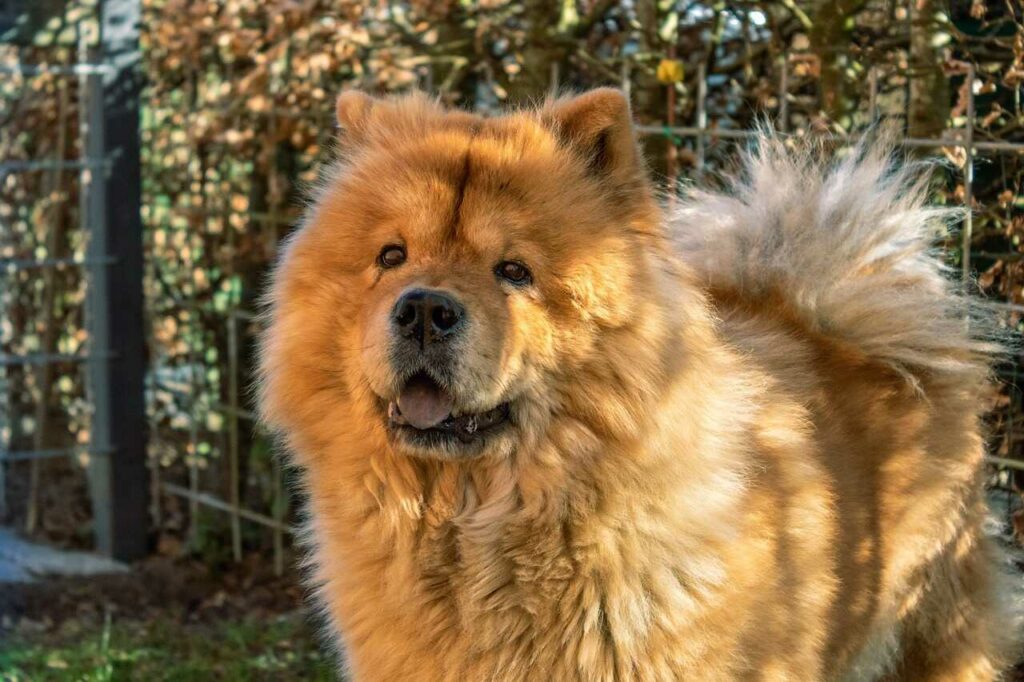
出典:https://pixabay.com/images/id-4967027/

出典:https://pixabay.com/images/id-1287962/
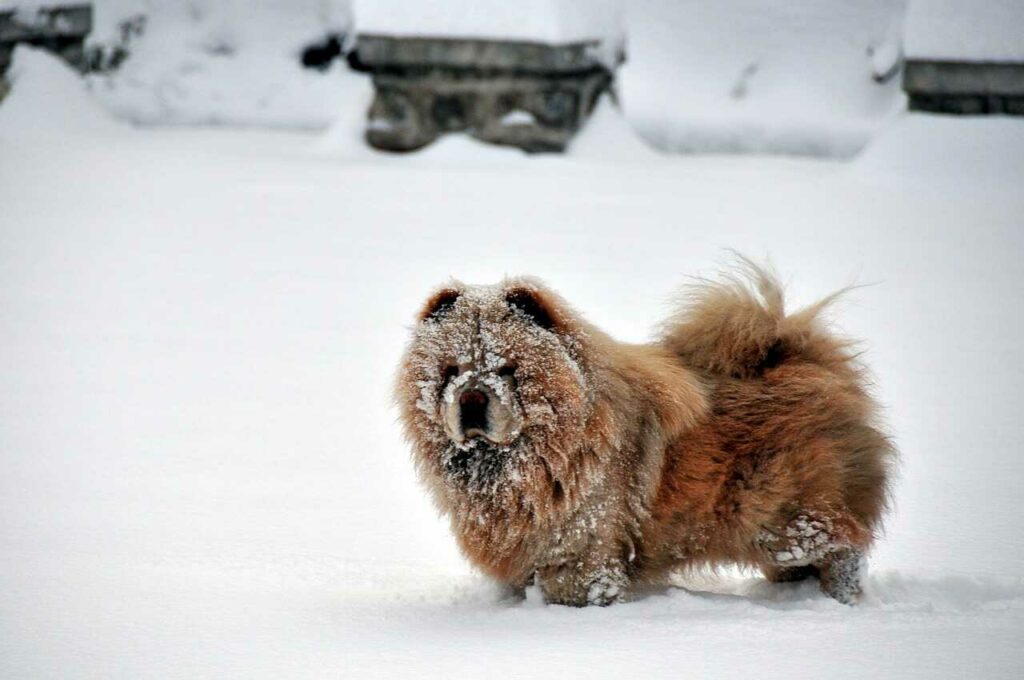
出典:https://pixabay.com/images/id-7438182/
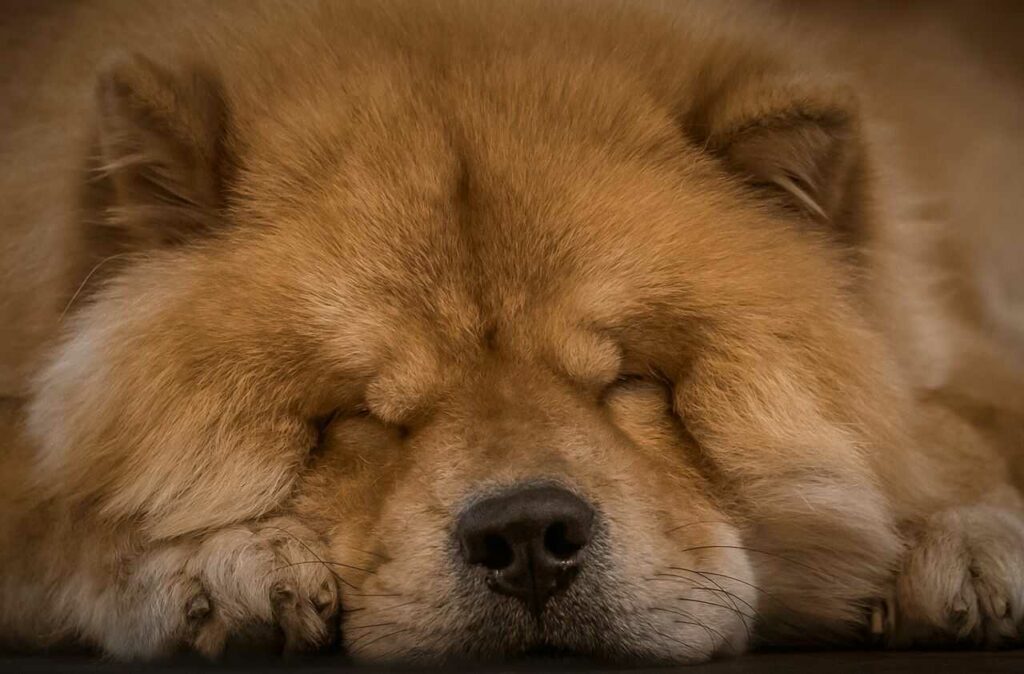
出典:https://unsplash.com/photos/k43le38zytc
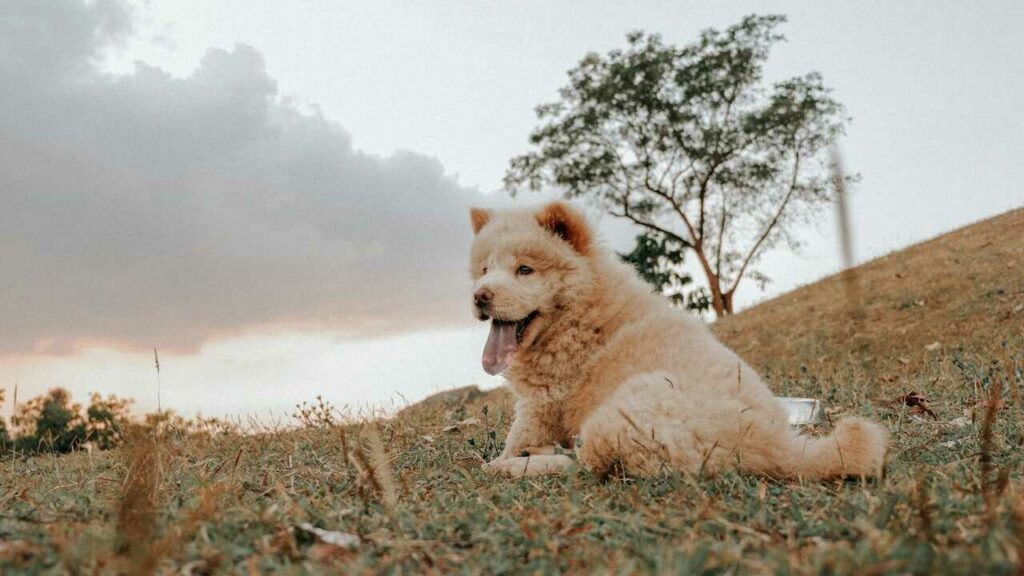
出典:https://www.pexels.com/ja-jp/ja-jp/photo/4083540/
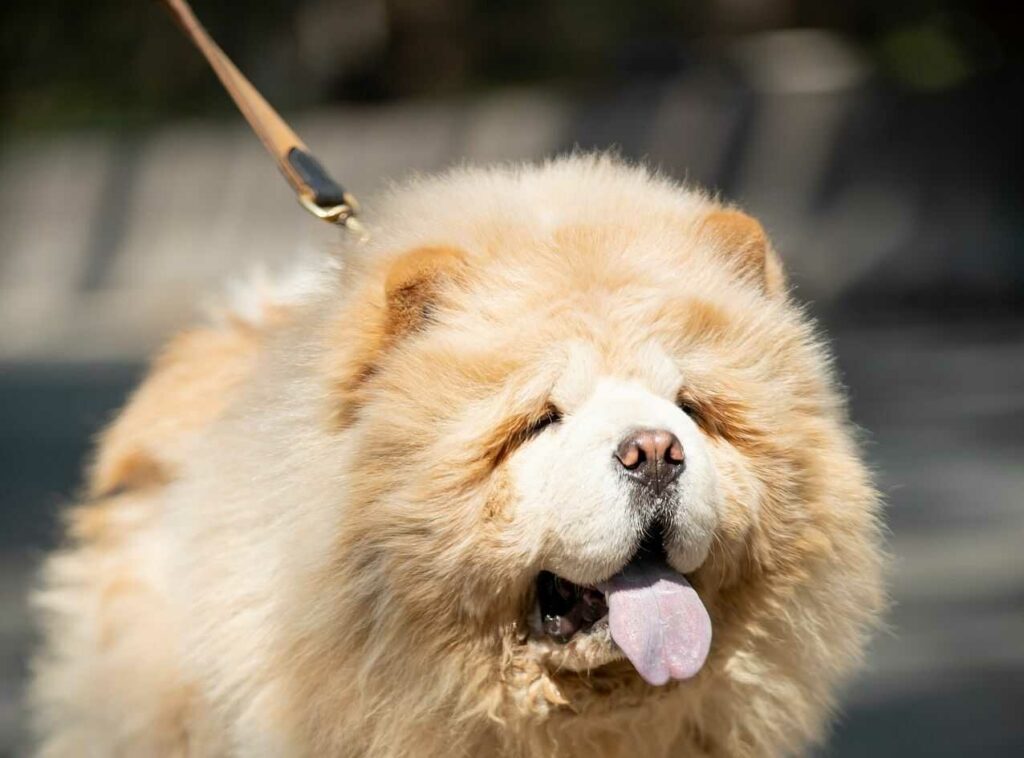
出典:https://pixabay.com/images/id-7069836/

出典:https://pixabay.com/images/id-5499359/
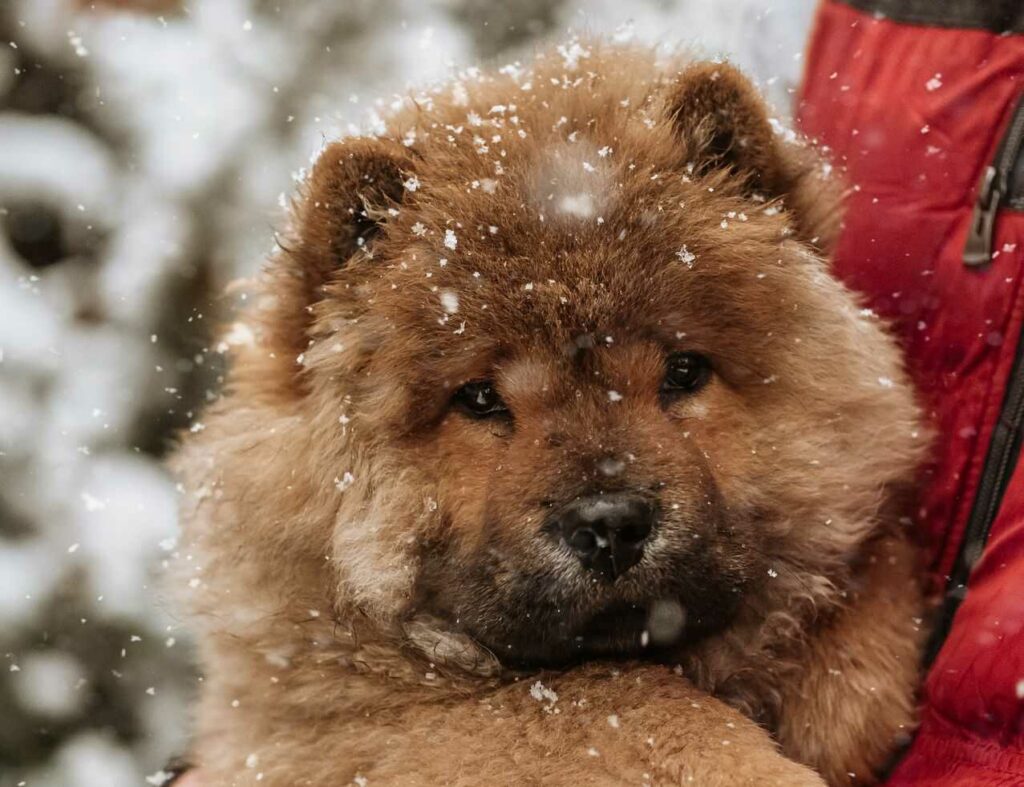
出典:https://unsplash.com/photos/2NpoKYvYVRw
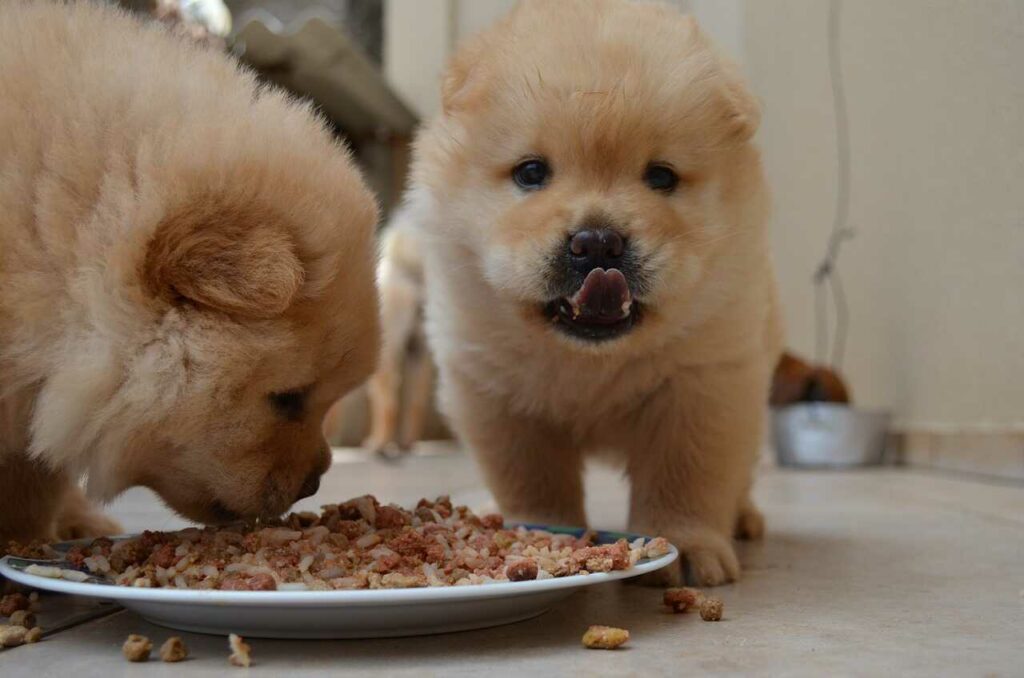
出典:https://pixabay.com/images/id-448308/
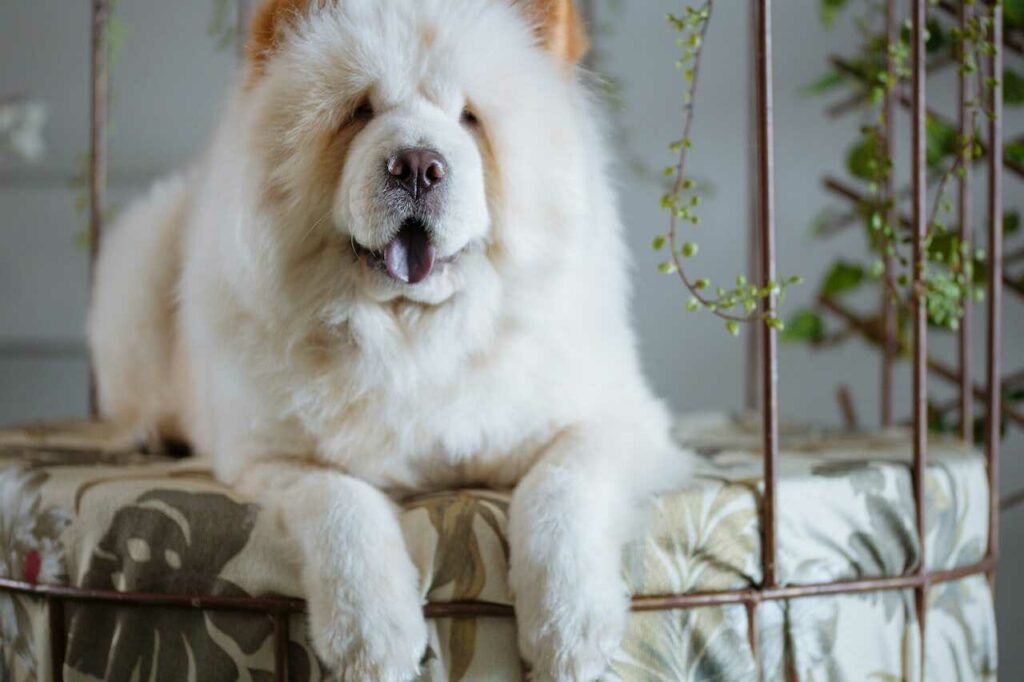
出典:https://www.pexels.com/ja-jp/ja-jp/photo/8412357/

出典:https://pixabay.com/images/id-1432195/
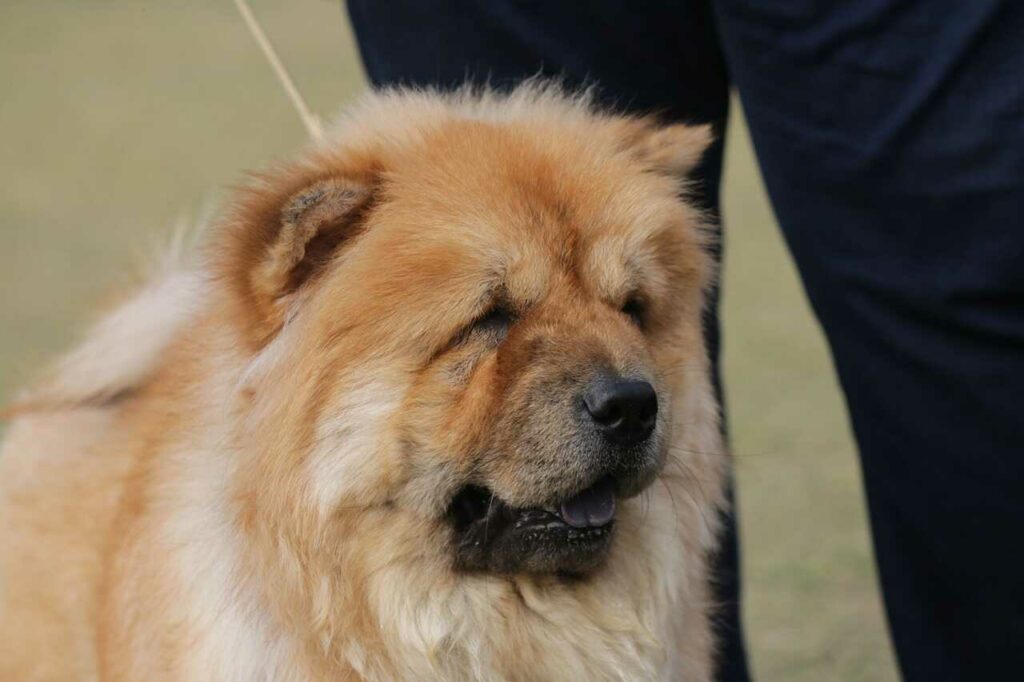
出典:https://pixabay.com/images/id-6225588/

Help Enrich Our Animalbook.jp with Your Media!
We are constantly looking to expand and enrich our Animalbook.jp with amazing photos and videos of animals. If you have any media that you'd like to share, please contribute and help us showcase the beauty and diversity of the animal kingdom. Your submissions will be credited and featured in our encyclopedia, reaching a wide audience of animal lovers.
